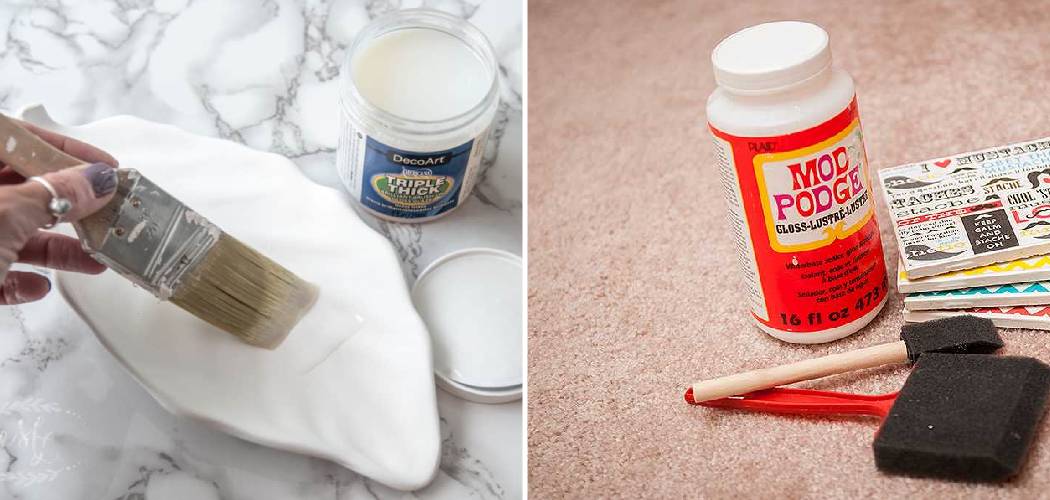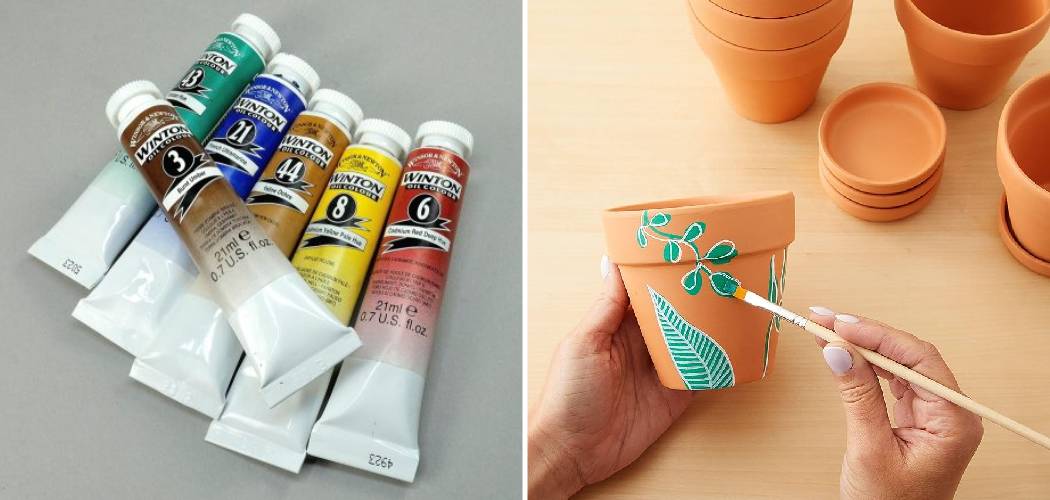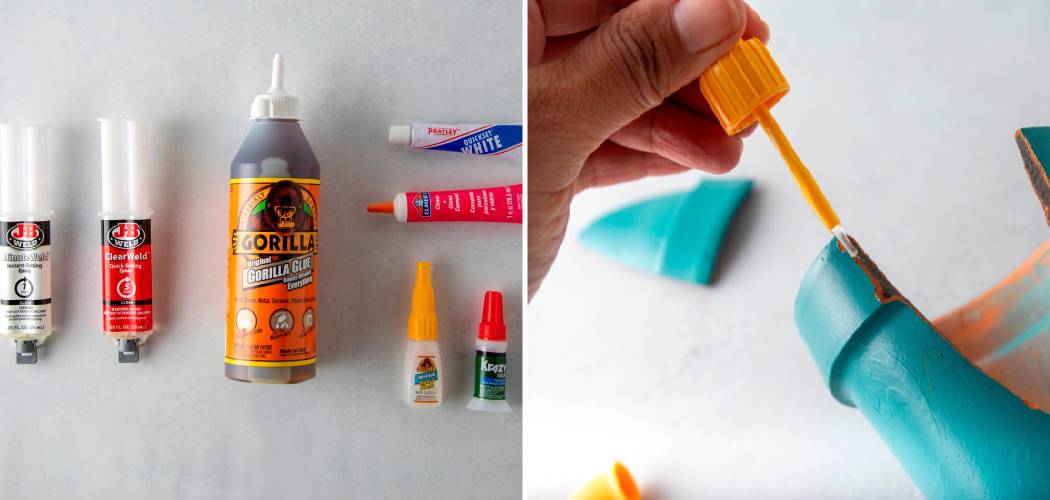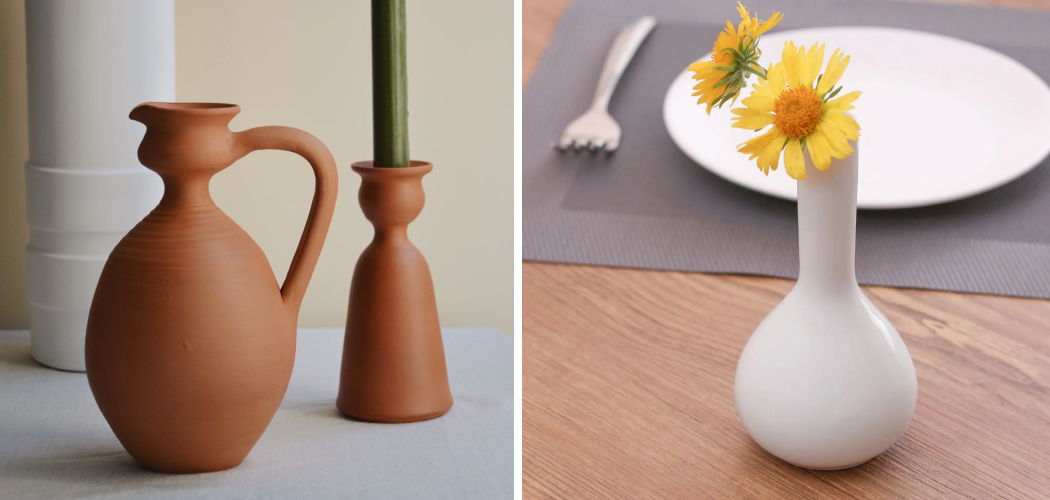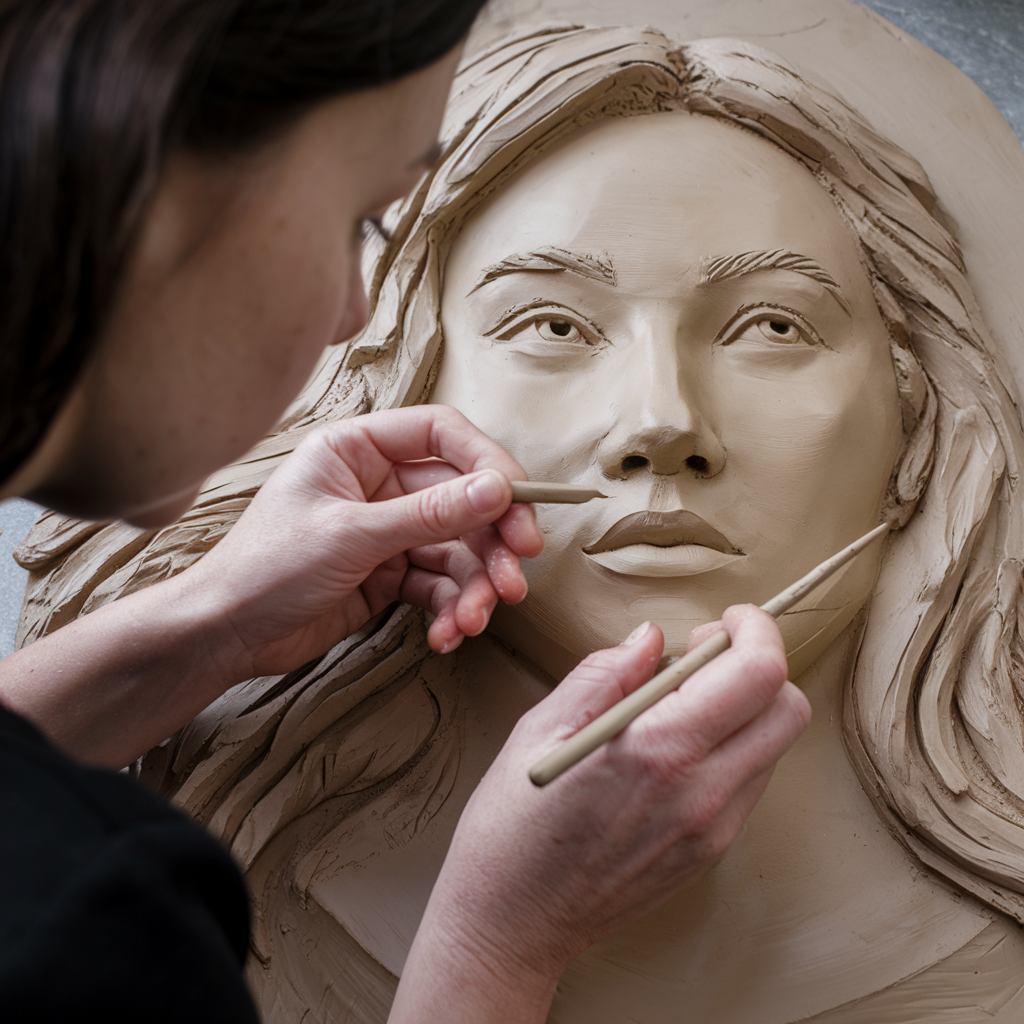Are you looking for a unique art or craft project? Consider making black clay! Making your own black clay is an incredibly fun and satisfying experience, opening up the door to endless possibilities in terms of projects. It’s quite easy to do, too, as long as you have access to the right supplies.
In this post, we’ll cover everything on how to make black clay from what ingredients are required to create black clay to tips on how properly shape and dry it so that it holds its form.
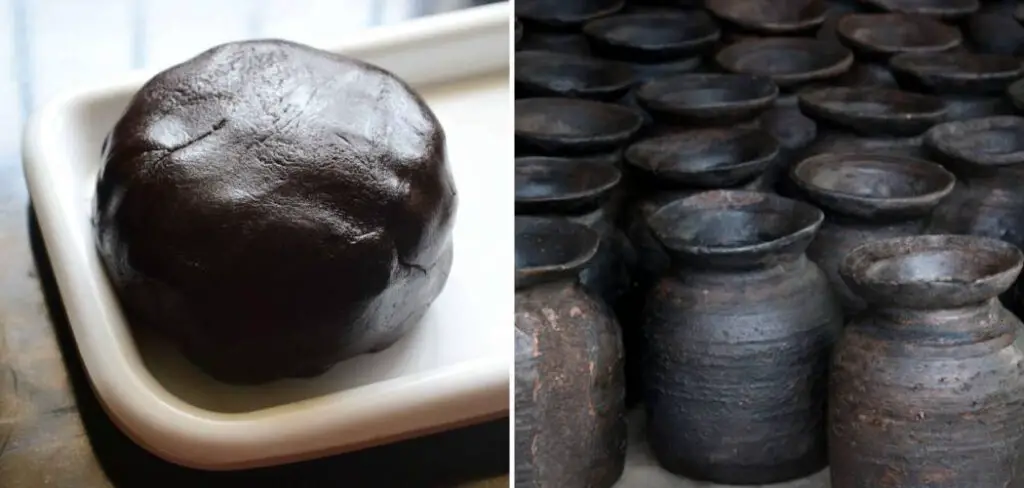
Whether you’re hoping for some inspiration for your next school assignment or just want something creative to occupy yourself with at home, by the end of this post, you’ll know all about crafting with homemade black clay!
Table of Contents
What Makes Black Clay Black?
Black clay is made from a particular mix of ingredients that give it its distinctive color. The black color comes from iron oxide, which also gives the clay its high plasticity, so it can be molded and formed into shapes easily. Other elements in this mix may include kaolin, ball clay, and talc, all of which are white or light-colored on their own.
By combining them with iron oxide to create black clay, it becomes much more pliable and easy to work with. The addition of other elements such as manganese dioxide may also help control shrinkage during firing, which makes it ideal for pottery applications.
Additionally, black clay provides an attractive backdrop for brighter colors when glazing projects. Overall, its unique blend of ingredients can be used to create a variety of artistic pieces.
Black clay is also relatively durable and fire-resistant, which makes it an ideal choice for outdoor sculptures and building materials. By using different firing temperatures and glazes, black clay will remain strong even in harsh weather conditions. This makes it a popular choice for builders who need reliable and long-lasting materials that won’t degrade over time.
What is The Origin Of Black Clay?
Black clay is an ancient material derived from naturally occurring iron oxide deposits. It has been used by cultures around the world for thousands of years to make pottery, tools, and sculptures. The oldest known pieces date back over 10,000 years and have been excavated in locations such as China, Rome, India, and Central America. Black clay is also known as ‘terra cotta‘ or ‘baked earth,’ and its popularity as an artistic medium has survived through the ages.

The unique properties of black clay make it a particularly useful material for making pottery, tools, and sculptures. It is incredibly malleable and can be molded into almost any shape, making it the perfect material for intricate pottery designs.
Black clay also has a dark color, often making it look almost metallic in appearance. Despite its age, black clay is still widely used today and is considered one of the most versatile and beautiful materials available for creating artwork.
Is Black Clay Better Than White Clay?
Black clay is not necessarily better than white clay – it simply depends on the project you are working on and what type of effect you want to achieve. Generally speaking, black clay is best used for projects that require a darker color with more contrast.
It’s also great for creating vessels such as mugs or vases because its dark hue can give your projects a sophisticated look. Additionally, black clay typically requires less glaze for decoration and can be fired to higher temperatures than white clay.
On the other hand, white clay is great for projects that require intricate details since its lighter color allows you to better see what you are doing. It’s also best used when creating sculptures or figurines since it gives them a softer appearance. White clay also has a much smoother texture compared to black clay which makes it easier to work with in some situations.
Ultimately, whether you choose white or black clay depends on the project and what type of effect you’re going for. Both types of clays have their advantages and disadvantages so make sure you consider your original design before deciding which one to use.
6 Methods How To Make Black Clay
1. Add Pigment to the Clay
One way to make black clay is to add pigment to the clay. This can be done by adding black paint, charcoal powder, or other black pigments to the clay. The amount of pigment that you add will determine the final color of the clay.
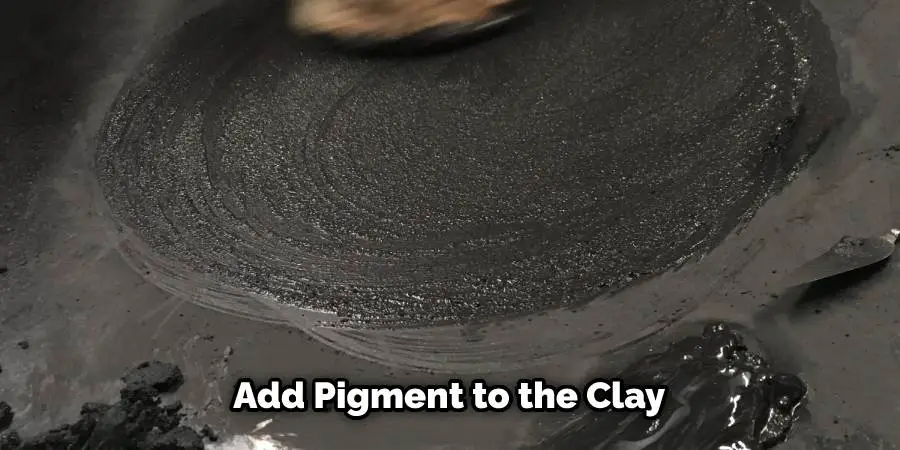
If you want a lighter shade of black, add less pigment. If you want a darker shade of black, add more pigment. Once the pigment is added, knead it into the clay until it is evenly distributed throughout. While kneading, it is important to take care not to overwork the clay as this can make it difficult to work with later.
2. Use Black Stoneware Clay
Another way to make black clay is to use black stoneware clay. This type of clay is naturally dark in color and does not require any additional pigments. Black stoneware clay is great for sculpting and hand-building. It can easily be molded into any form you desire, making it perfect for creating sculptures and other decorative items.
It is also very durable and can withstand extreme temperatures, making it an ideal choice for outdoor projects. To create black stoneware clay, mix together equal parts of fire clay and ball clay. Make sure to mix it thoroughly so that all the ingredients are evenly distributed.
3. Use Black Porcelain Clay
Another option for making black clay is to use black porcelain clay. This type of clay is also naturally dark in color and does not require any additional pigments. It is also easier to work with than polymer clay and can be used for a variety of projects. Start by kneading the clay in your hands until it is soft and pliable. Then shape the clay into whatever desired project you have in mind.
4. Use a Black Glaze
A fourth way to make black clay is to use a black glaze. This can be done by painting the Clay with a black glaze or dipping it in a black glaze. The final color of the clay will depend on the type of glaze that you use. There are different types of glazes that can produce a black color, such as iron oxide, manganese dioxide, and carbon trapped in the porous structure of the clay. Be sure to thoroughly mix the glaze with the
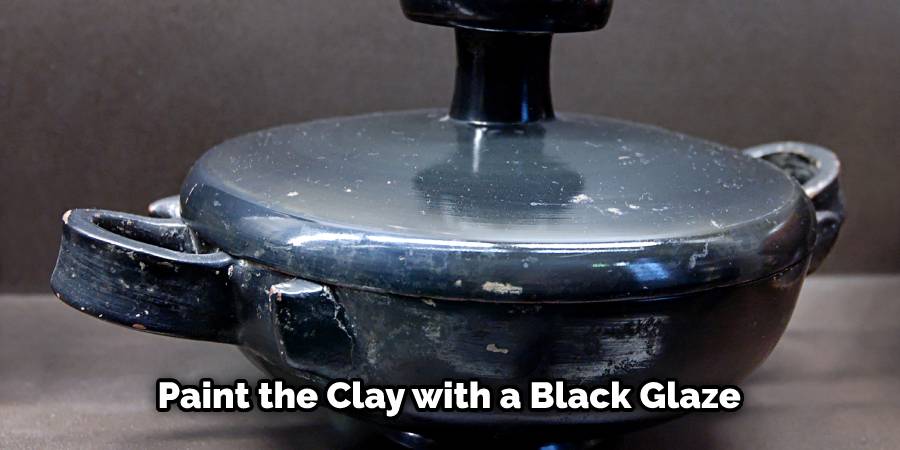
5. Bake the Clay in a Kiln
A fifth way to make black clay is to bake the Clay in a kiln. This will cause the Clay to turn black due to the high temperatures that are reached during firing. The exact firing temperature and duration will depend on the type of Clay you are using. Generally, a kiln should be fired to at least cone 6 (around 2200 degrees Fahrenheit) for an hour or two.
6. Paint the Clay with a Black Paint
A sixth way to make black clay is to paint the Clay with Black Paint. This can be done by using a brush or sponge to apply the paint evenly over the surface of the Clay.
The final color of the Clay will depend on the type of paint that you use as well as how much paint you apply. Be sure to cover all of the surface areas and let the paint dry completely before use. Once the paint is fully dry, your Clay will have a rich, black color.
Things to Consider When Making Black Clay:
1. Make sure you have the right materials and tools. You’ll need some clay, some water, a baking tray or heat-safe container, and a way to mix the ingredients.
2. Consider adding other materials for texture, such as sand, gravel, charcoal, or sawdust.
3. Choose a base clay that is suited to your desired application – earthenware clay will work for pottery and sculpture but may not be best suited for jewelry making or other small projects due to its tendency to shrink while drying. Stoneware clays, on the other hand, are better suited for smaller projects because they do not shrink much during drying.
4. Depending on what you’re creating with your black clay, consider using a heat-safe container for baking in order to get a more consistent result with the coloration and depth of your finished product.

5. Determine the amount of clay, water, and other materials you need in order to achieve the desired consistency for your black clay. The drier the clay is, the harder it will be when it’s dried out and hardened later on.
Conclusion:
With the necessary supplies on hand and these simple steps, you will be able to easily create your own unique black clay. This clay can then be used in a variety of ways, from crafts and artwork to gardening preferences like pottery. Some might even find they prefer this clay over store-bought varieties since it is easier to customize and adjust to fit individual projects.
No matter how you choose to use black clay, the process of making, it will remain the same. Thanks for reading our blog post on how to make black clay! We hope you found it helpful and informative. Happy crafting!
